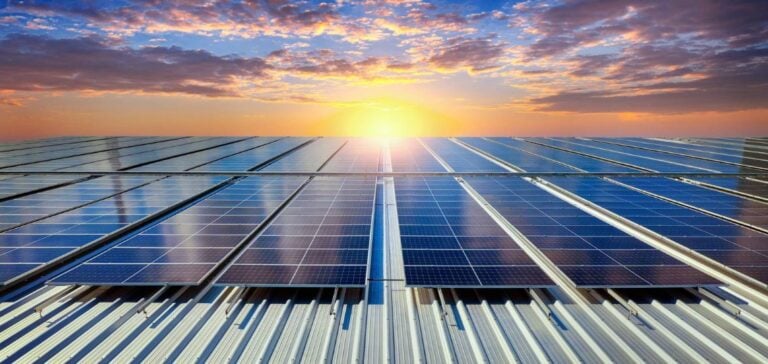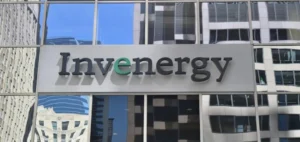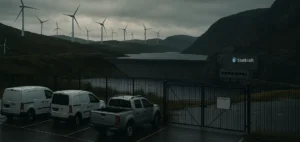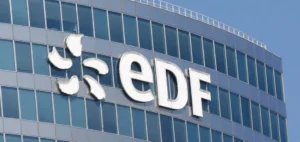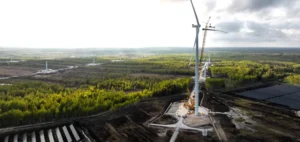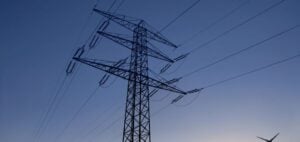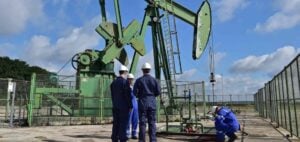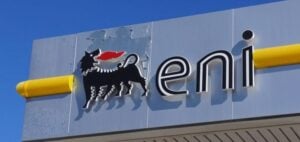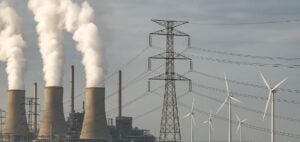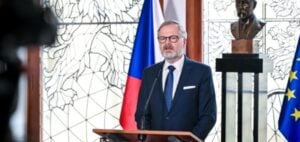Nadara, the result of the merger between Renantis and Ventient Energy, is Europe’s largest independent producer of onshore wind power. The new entity has a generating capacity of 4.2 GW, spread over more than 200 sites in Europe and the United States, covering the wind, solar, biomass and energy storage sectors.
Origin and Capabilities of the Founding Entities
Renantis, based in Italy, achieved sales of €1.2 billion in 2023 thanks to its investments in wind and solar projects. Ventient Energy, meanwhile, is a British renewable energy producer with sales of 800 million euros in 2023, mainly focused on onshore wind power. The combination of these two companies has created a diversified portfolio covering wind, solar, biomass and energy storage. Nadara’s operating capacity of 4.2 GW includes projects at over 200 sites, with a strong presence in Europe and the United States.
Production capacity and development pipeline
With 4.2 GW of operating capacity, Nadara manages a diversified portfolio that includes wind, solar, biomass and energy storage facilities. The company plans to expand this capacity through an 18 GW development pipeline over the next ten years. This pipeline includes floating offshore wind projects, photovoltaic power plants and battery storage solutions.
Business Strategy and Asset Management
Nadara’s business strategy is based on operational excellence, using advanced digital tools and artificial intelligence to optimize asset management. The company’s in-house expertise in energy markets and its dispatch capabilities are a major asset. Projects are transformed into operating assets efficiently, with the emphasis on creating value from existing assets. Nadara also strives to maximize efficiencies and create value for its stakeholders through a scalable platform. This approach enables the company to strengthen its position in the renewable energy market, by ensuring proactive, high-performance management of its assets.
Financial Outlook and Investments
To support its growth strategy, Nadara relies on solid investments and strategic partnerships. In 2023, the company attracted significant investment from sustainability funds, helping to finance its current and future projects. These investments are essential to increase production capacity and improve operating efficiency. Nadara also works closely with industrial and financial partners to optimize project development. These strategic partnerships include collaborations with local companies for the development of new facilities, as well as long-term power sales agreements (PPAs) with major industrial customers. The projects currently under development show that Nadara is well positioned to meet the growing demand for renewable energy. The company plans to significantly increase its production capacity over the next few years, while optimizing its operations to maximize value for its stakeholders. Nadara’s future is based on a clear vision and ambitious goals. The company will continue to innovate and adapt to market needs, while maintaining rigorous and efficient asset management. With a robust pipeline and strong strategic partnerships, Nadara is well placed to play a pivotal role in the renewable energy sector.
**Long tail:**
Renewable energy growth strategy
**Meta-description:**
Nadara, the result of the merger of Renantis and Ventient Energy, unveils its ambitious growth strategy with a production capacity of 4.2 GW.
**Countries mentioned:**
Europe, United States, Italy, United Kingdom
**Companies and organizations mentioned:**
Renantis, Ventient Energy, Nadara
**Tags:**
Nadara, Renantis, Ventient Energy, IPP, renewable energy, onshore wind, solar, biomass, energy storage, Toni Volpe
**Thematic:**
Sales partnerships
**Photo ideas:**
1. Photo of a Nadara wind farm in Europe.
2. Image of a solar panel and a wind turbine on a site in Nadara.

